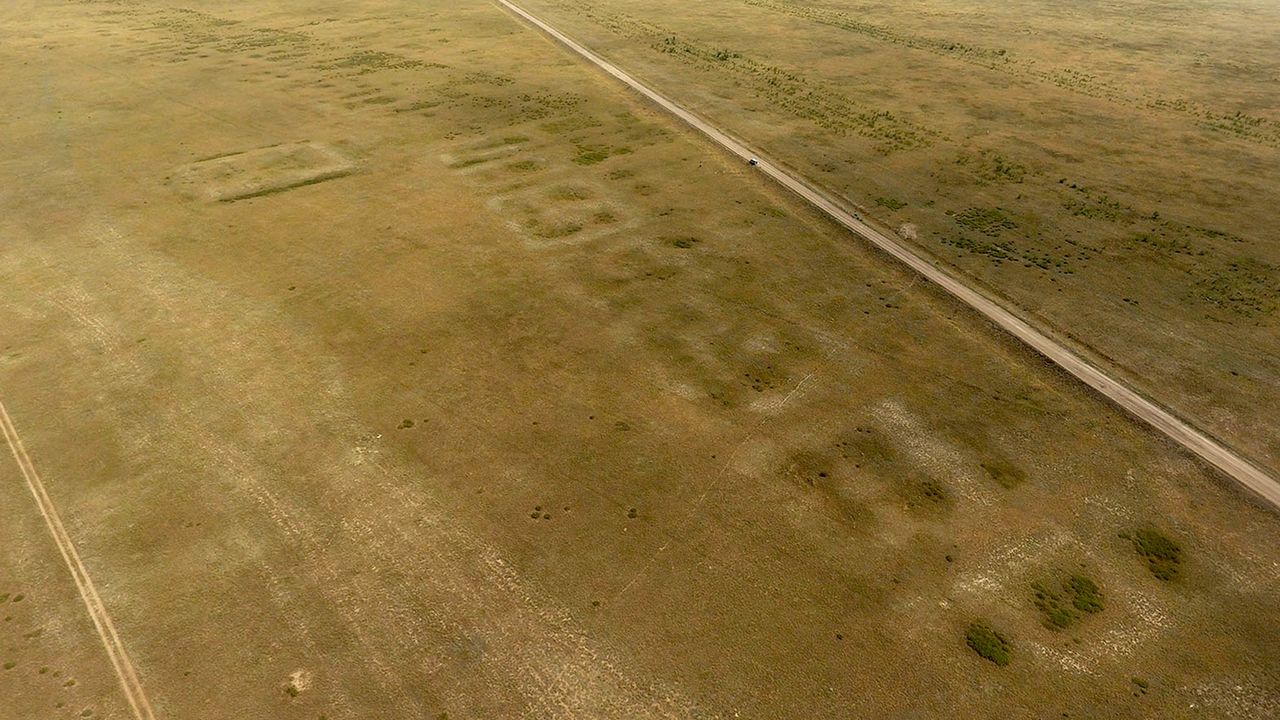UPDATE: Archaeologists have made a groundbreaking discovery of a monumental Bronze Age city, named Semiyarka, in northeastern Kazakhstan, revealing a settlement that dates back approximately 3,600 years. A study published on November 18 in the journal Antiquity highlights that Semiyarka spans an impressive 346 acres (140 hectares), dwarfing other villages from the same era by more than four times.
This discovery is a game-changer for our understanding of ancient steppe societies. “Semiyarka transforms our understanding of steppe societies,” says Miljana Radivojević, the study’s lead author from University College London. “It demonstrates that mobile communities were capable of building and sustaining permanent, well-organized settlements centered on large-scale metallurgical production.”
The site, strategically located above the Irtysh River, has been dubbed the “City of Seven Ravines” due to its prominent position overlooking a network of valleys. Researchers speculate that Semiyarka may have controlled trade routes along the river, making it a pivotal center for commerce in the region.
Using advanced aerial survey technology, the archaeological team discovered two rows of earthworks that likely defined household structures within the city. A significant central building, approximately twice the size of its counterparts, may have served as a ceremonial or governmental hub. These findings indicate an organized societal structure previously unseen in the steppe zone.
The excavation uncovered a wealth of metalworking artifacts, ores, and slag, providing evidence of early industrial-scale production of copper and tin bronze. “This discovery fills a critical gap in the archaeological record,” Radivojević noted, emphasizing the economic importance of bronze metallurgy during this period.
The copper and tin ores likely originated from the nearby Altai Mountains, which straddle the borders of Kazakhstan, Russia, Mongolia, and China. Semiyarka’s geographical advantages suggest it functioned as a trade and distribution center, further elevating its significance in the ancient world.
“This city is unlike anything else we’ve seen in the steppe zone,” asserts Dan Lawrence, a co-author from Durham University in the U.K. “The scale and structure indicate that these communities were developing sophisticated, planned settlements comparable to those in more traditionally urbanized areas.”
The implications of this discovery extend beyond archaeology; it reshapes our understanding of human organization and technological advancement during the Bronze Age. Ongoing and future excavations at Semiyarka promise to shed more light on its role within the broader context of ancient Eurasian civilizations.
As researchers continue to explore this remarkable site, the world watches with anticipation. The findings at Semiyarka not only highlight the historical significance of this region but also invite us to reconsider the complexities of early human societies.
Stay tuned as more updates unfold regarding this extraordinary archaeological breakthrough.
